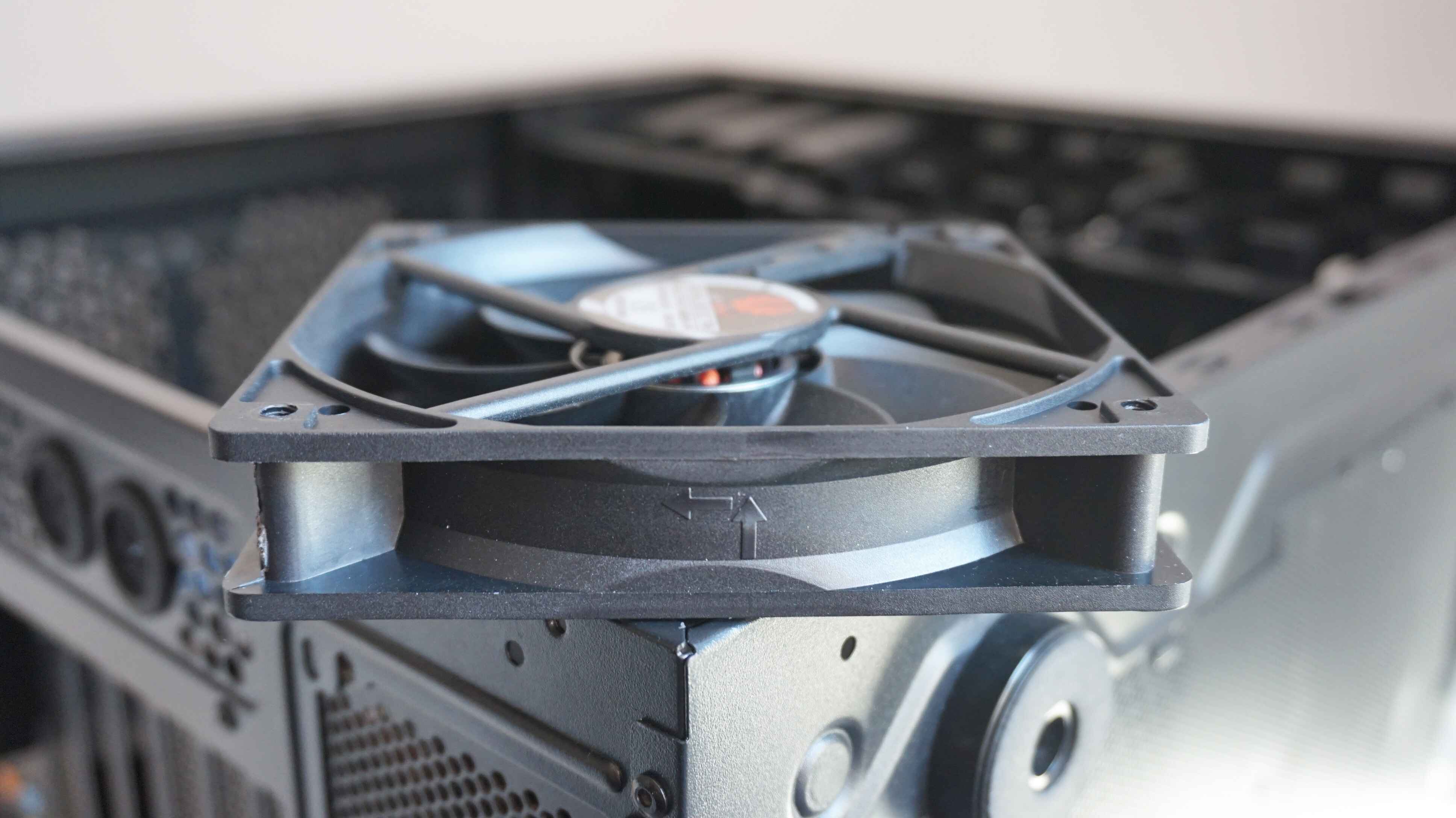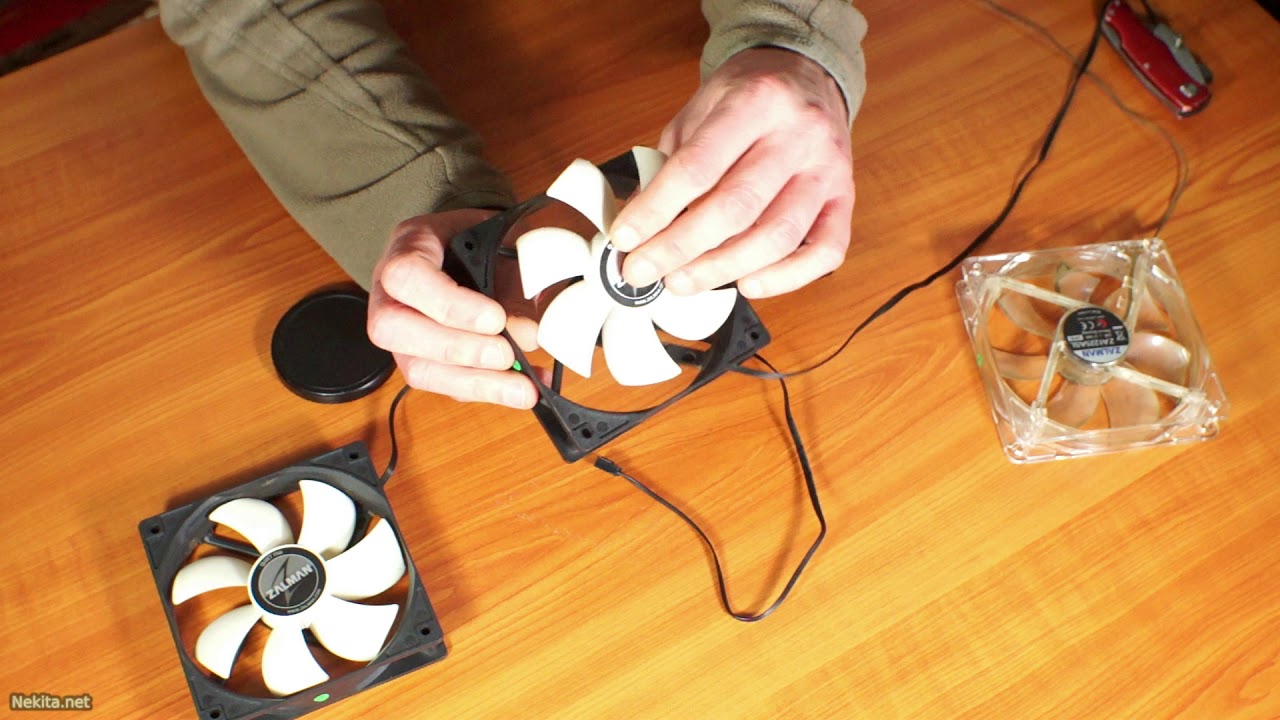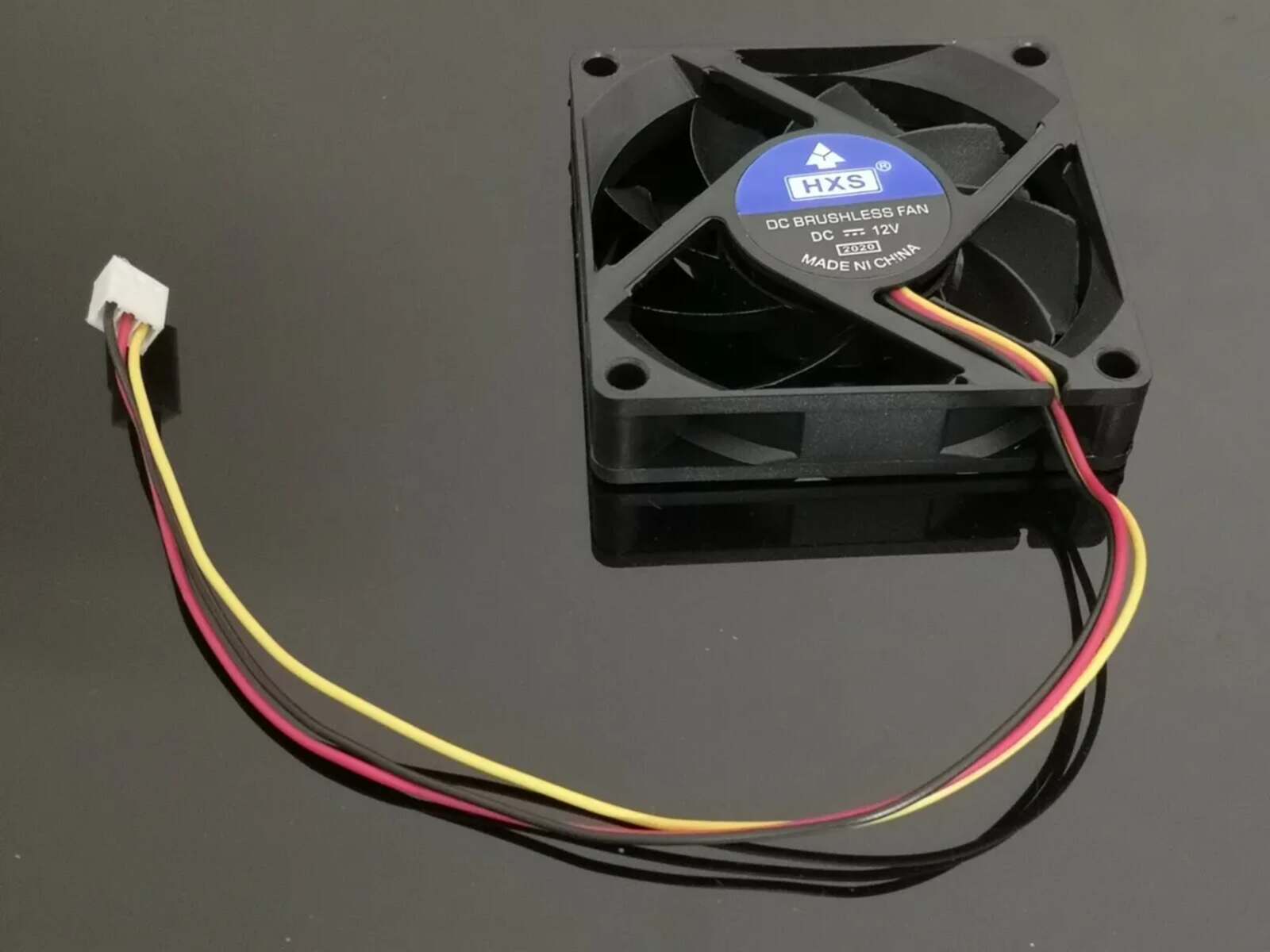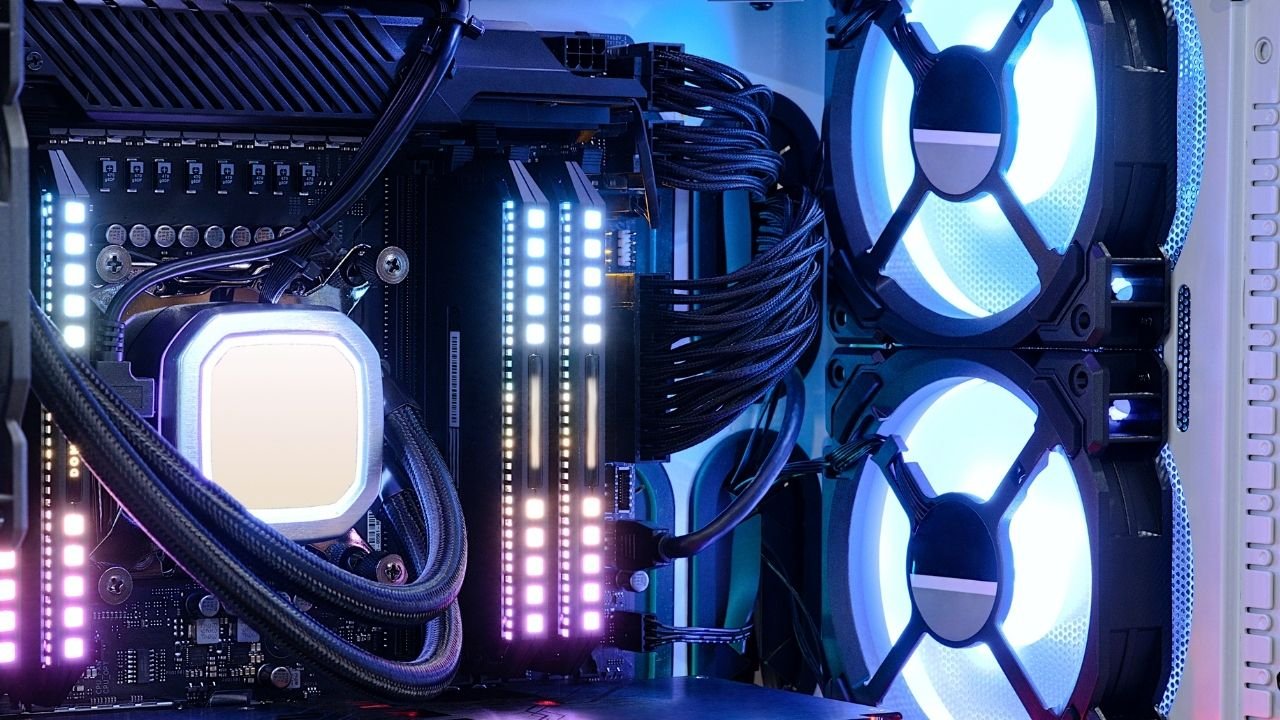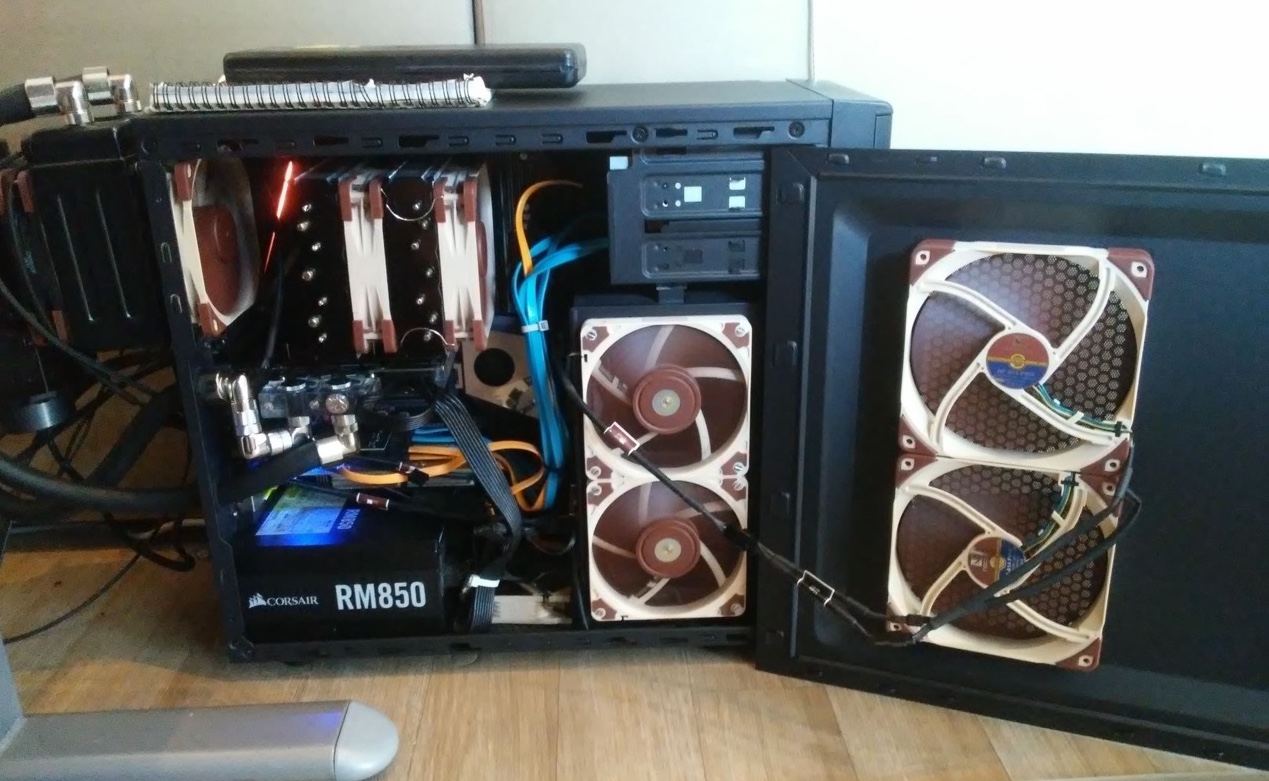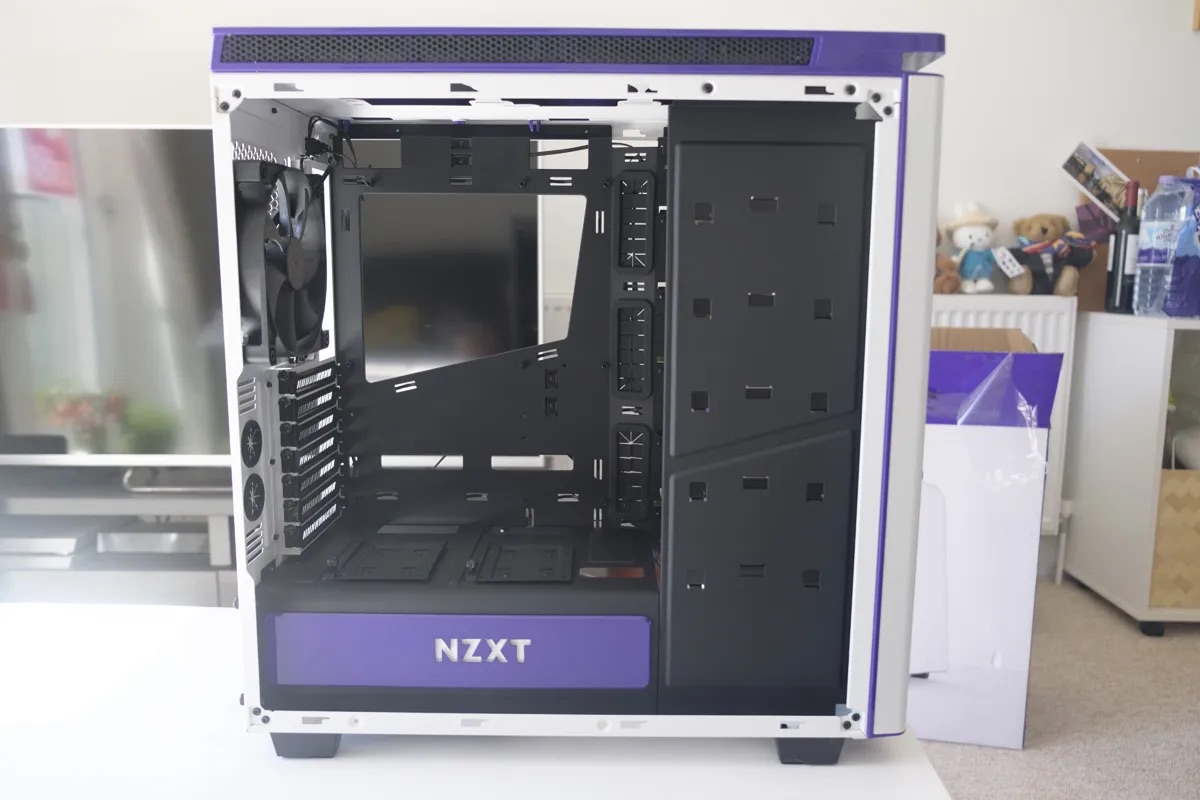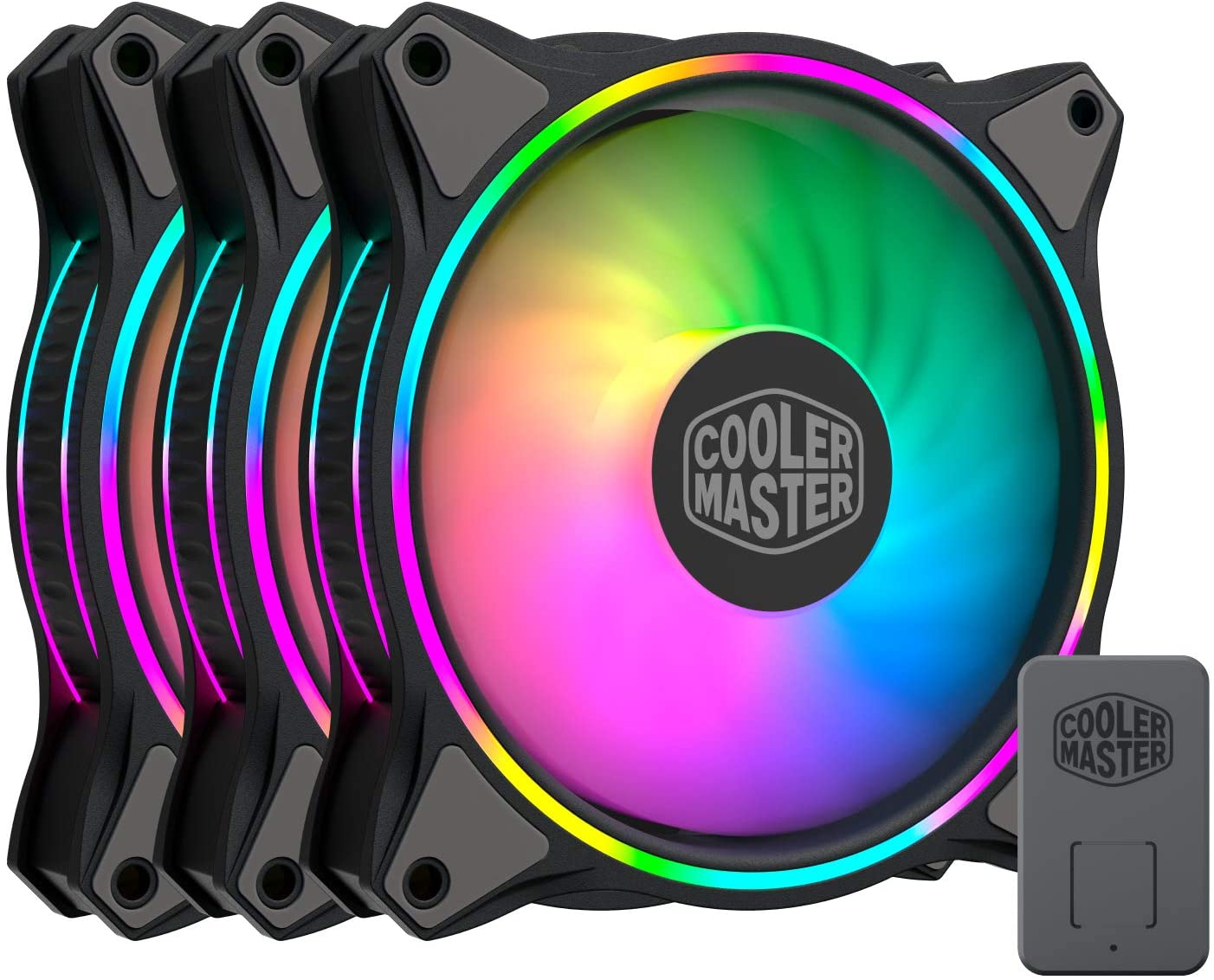Introduction
When it comes to building a powerful and efficient computer, proper cooling is essential. Excessive heat can lead to decreased performance and even damage to sensitive components. That’s where a case fan hub comes in. These devices offer a convenient and effective way to manage and control the cooling system in your computer.
But what exactly is a case fan hub? In simple terms, it is a hardware component that allows you to connect multiple case fans to a single motherboard header or power source. It acts as a centralized hub, distributing power and control signals to each fan connected to it.
The benefits of using a case fan hub are numerous. First and foremost, it simplifies the cable management in your computer. Instead of having to deal with multiple fan cables, you can connect them all to the hub, reducing clutter and improving airflow within the case.
Furthermore, a case fan hub offers compatibility with different fan sizes and types. Whether you have 120mm, 140mm, or even 200mm fans, the hub can accommodate them all. It also supports both 3-pin and 4-pin fans, so you don’t have to worry about compatibility issues.
In this article, we will explore the various aspects of using a case fan hub, from installation to controlling fan speeds. By the end, you’ll have a solid understanding of how to make the most of this useful component in your computer setup.
What is a case fan hub?
A case fan hub is a device designed to simplify the process of managing and controlling the cooling system in a computer. It acts as a central hub, allowing you to connect multiple case fans to a single power source or motherboard header.
The primary purpose of a case fan hub is to distribute power and control signals to each fan connected to it. Instead of having to connect each fan individually to the motherboard, which can lead to cable clutter and limited control options, the fan hub provides a centralized solution.
Most case fan hubs feature multiple fan ports, allowing you to connect a variety of fans to the hub. These ports usually accommodate both 3-pin and 4-pin fans, so you can use a combination of fan types without any compatibility issues. Additionally, the case fan hub supports different fan sizes, such as 120mm, 140mm, or even larger 200mm fans, making it versatile for various computer case configurations.
While some computer cases may come with built-in fan hubs or fan controllers, many cases do not have this feature. In such cases, a standalone case fan hub becomes a valuable addition to your system. It not only simplifies the installation process but also provides more control over the cooling performance and noise levels of your PC.
Overall, a case fan hub is a practical solution for managing the cooling system in your computer. By centralizing the power and control of multiple fans, it improves cable management, enhances airflow, and gives you greater control over the cooling performance of your PC.
Benefits of using a case fan hub
Using a case fan hub in your computer setup offers several key benefits that enhance cooling performance and overall system functionality. Let’s explore some of the advantages of incorporating a case fan hub into your build.
1. Simplified cable management: One of the main advantages of using a case fan hub is that it greatly simplifies cable management. Instead of having to connect each fan individually to the motherboard or power supply, you can route all the fan cables to the hub. This reduces cable clutter, improves airflow within the case, and makes it easier to access and maintain other components.
2. Improved cooling performance: With a case fan hub, you can connect and control multiple fans simultaneously. This allows for better distribution of airflow throughout the case, which results in improved cooling performance. By strategically positioning the fans and adjusting their speeds, you can effectively dissipate heat from critical components, such as the CPU and GPU, and maintain optimal operating temperatures.
3. Versatility and compatibility: Case fan hubs offer compatibility with various fan sizes and types. Whether you have 120mm, 140mm, or larger fans, the hub can accommodate them all. Additionally, the hub supports both 3-pin and 4-pin fans, ensuring compatibility with different fan configurations. This versatility makes it easier to customize your cooling setup according to your specific needs or preferences.
4. Enhanced control options: Many case fan hubs come with built-in fan controllers or support software control through the motherboard. This allows you to adjust fan speeds, create custom fan profiles, and fine-tune the cooling performance of your system. With precise control over fan speeds, you can strike the right balance between cooling efficiency and noise levels, depending on your usage scenario.
5. Ease of installation: Installing a case fan hub is relatively straightforward. Most hubs feature a compact design and can be easily mounted in a suitable location within the case. They typically require a single connection to the power supply or motherboard, and then you can connect the fans to the hub. The plug-and-play nature of case fan hubs makes them accessible even for users with limited technical expertise.
By utilizing a case fan hub, you can optimize the cooling performance of your computer, enhance cable management, and have greater control over your system’s cooling capabilities. Whether you’re a casual user, a hardcore gamer, or an enthusiast overclocking your components, a case fan hub is a valuable tool that contributes to the efficiency and longevity of your PC.
Compatibility with different fan sizes and types
A significant advantage of using a case fan hub is its compatibility with a wide range of fan sizes and types. This versatility allows you to choose the fans that best suit your cooling needs and preferences. Let’s explore the compatibility aspects of case fan hubs in more detail.
Fan Size: Case fan hubs are designed to accommodate various fan sizes, including the commonly used 120mm and 140mm options. This flexibility enables you to select fans of different sizes based on factors such as airflow requirements, noise levels, and the available space within your computer case. Additionally, some case fan hubs can even support larger fan sizes, such as 200mm options, for those seeking maximum airflow.
Fan Type: Case fan hubs also offer compatibility with different fan types. Fans typically come in two main types: 3-pin and 4-pin (PWM). Both types can be connected to a case fan hub, ensuring seamless integration into your cooling system. 3-pin fans provide basic speed control, while 4-pin PWM fans offer more advanced speed control options through pulse-width modulation. The ability to support both types of fans makes a case fan hub a versatile solution for any PC build.
Combining Fan Sizes and Types: One of the advantages of using a case fan hub is the ability to mix and match fan sizes and types within your system. For instance, you can connect multiple 120mm fans and a couple of larger 140mm fans to the hub, allowing for efficient airflow through your computer case. This flexibility allows you to tailor your cooling setup to meet the specific requirements of your components, maintaining optimal temperature levels and maximizing performance.
Expandability: In addition to compatibility with different sizes and types, some case fan hubs offer expandability options. This means you can connect additional fan hubs together to increase the number of fans you can control. This feature is particularly useful for users with high-end systems or those looking to push their cooling capabilities to the limits.
Regardless of the fan sizes and types you choose, a case fan hub offers a convenient and efficient way to manage and control your cooling system. It ensures compatibility with a wide range of options, allowing you to customize your setup according to your specific needs and preferences. Whether you’re a casual user or an enthusiast, a case fan hub provides the flexibility to achieve optimal cooling performance in your PC.
How to install a case fan hub
Installing a case fan hub in your computer system is a relatively straightforward process. Whether you’re a beginner or an experienced builder, follow these steps to successfully install a case fan hub:
1. Choose the location: Determine where you want to mount the case fan hub within your computer case. Look for a suitable spot that offers easy access and sufficient space for cable management.
2. Prepare the case fan hub: If your case fan hub requires mounting, secure it using the provided screws or adhesive. Make sure it is firmly attached to prevent any movement or vibration that could impact performance.
3. Connect the power supply: Identify the power source for your case fan hub. Some hubs require a direct connection to the power supply, while others can be connected to a motherboard header. Follow the manufacturer’s instructions to make the appropriate connections.
4. Connect the fans: Take the fan cables and connect them to the fan ports on the case fan hub. Ensure that the connections are secure, and properly align the polarity (if applicable) to avoid any issues.
5. Cable management: Organize the fan cables neatly to prevent any interference with other components or obstructing airflow. Use cable ties or adhesive clips to secure the cables along the case’s cable management routes. Keeping the cables tidy will not only improve airflow but also make future maintenance easier.
6. Test and adjust: Once all the connections are made, power on your computer and check if the fans are spinning correctly. You can also go into the BIOS or use fan control software to adjust fan speeds if necessary. Make sure the fans are operating smoothly and providing adequate airflow.
7. Fine-tune the setup: Over time, you may need to fine-tune the fan speeds or adjust the positioning of the fans to achieve optimal cooling performance. Monitor your system temperatures and adjust the fan speeds accordingly to maintain a balance between cooling efficiency and noise levels.
Remember to consult the user manual or manufacturer’s instructions specific to your case fan hub for any additional installation steps or precautions. With a properly installed case fan hub, you can effectively manage and control the cooling capabilities of your computer, ensuring optimal performance and longevity of your components.
Proper cable management with a case fan hub
Cable management is an important aspect of building a computer system, and using a case fan hub can greatly simplify this process. Proper cable management not only improves the aesthetics of your build but also enhances airflow and makes maintenance easier. Here are some tips for achieving proper cable management with a case fan hub:
1. Plan ahead: Before installing the case fan hub, consider the positioning of your fans and the routing of cables. Plan a logical and efficient cable layout that allows for easy access to other components and promotes unobstructed airflow.
2. Connect fans to the hub: Connect the fan cables to the appropriate ports on the case fan hub. Take care to align the connectors correctly and ensure a secure connection. This will prevent any loose connections that could interfere with the fans’ operation.
3. Route cables neatly: Take the fan cables and route them neatly alongside the case’s cable management routes. Use cable ties or adhesive clips to secure the cables to the case, keeping them organized and out of the way of other components. This will not only improve the overall appearance but also prevent cables from obstructing airflow or getting tangled during maintenance.
4. Use proper cable lengths: When connecting the case fan hub to the power supply or motherboard header, use cables of appropriate lengths. Using excessively long cables can lead to cable clutter, while using cables that are too short can strain connections or limit flexibility in positioning the case fan hub. Optimal cable lengths will make cable management easier and ensure a clean and tidy build.
5. Choose the right cable management accessories: Invest in cable management accessories such as cable ties, adhesive clips, and cable sleeves. These tools can help you secure and organize the cables effectively. Use cable ties to bundle together multiple cables, adhesive clips to hold them in place along the case’s cable management routes, and cable sleeves to conceal and streamline the appearance of the cables.
6. Test and adjust: After completing the cable management process, power on your computer and observe the operation of the case fan hub and fans. Ensure that the cables are not interfering with any other components and that the fans are running smoothly. If necessary, make adjustments to the cable routing or connections to further optimize airflow and cable management.
By following these tips, you can achieve proper cable management with your case fan hub. A clean and well-organized cable layout not only enhances the appearance of your build but also ensures efficient airflow, reduces the risk of cable-related issues, and makes future maintenance and upgrades easier.
Controlling fan speeds with a case fan hub
Controlling the fan speeds in your computer system is essential for optimizing cooling performance and managing noise levels. A case fan hub provides a convenient and effective way to control the speeds of multiple fans. Here’s how you can take advantage of a case fan hub to control fan speeds:
1. Manual fan control: Many case fan hubs come with built-in fan controllers that allow you to manually adjust the fan speeds. These controllers typically feature knobs or switches that let you increase or decrease the speed of each connected fan. This manual control gives you the flexibility to find the ideal balance between cooling efficiency and noise levels based on your specific needs or preferences.
2. Software control: Some case fan hubs can be controlled through software, either provided by the manufacturer or motherboard-specific software. With software control, you can adjust the fan speeds and create custom fan profiles. This allows for more advanced control over cooling performance, as you can set fan curves based on temperature thresholds or specific usage scenarios. Software control also enables you to monitor fan speeds and temperatures in real-time.
3. PWM compatibility: Many case fan hubs support PWM (Pulse-Width Modulation) control. This technology allows for more precise control over fan speeds by varying the power supplied to the fans. With PWM, the fan hub can receive signals from the motherboard or a dedicated fan controller, allowing for automated fan speed control based on the system’s thermal needs. PWM compatibility provides enhanced versatility and fine-grained control over your cooling setup.
4. Fan profiles: Some case fan hubs offer the ability to create and save custom fan profiles. These profiles allow you to configure specific fan speed settings for different usage scenarios. For example, you can create a profile for gaming that maximizes cooling performance or a profile for silent operation during everyday tasks. Switching between profiles can be done manually or automatically based on predefined triggers, providing optimal cooling efficiency while minimizing noise levels.
5. Temperature sensors: If your case fan hub has temperature sensor inputs, you can connect additional sensors to monitor specific areas of your system. These sensors provide real-time temperature readings, allowing the fan hub to adjust the fan speeds accordingly. Temperature-based fan control ensures that cooling is focused on areas that require it the most, providing efficient cooling and preventing overheating.
With a case fan hub, you have the ability to control fan speeds and fine-tune your cooling setup to meet your specific needs. From manual control to advanced software control, you can optimize the balance between cooling performance and noise levels, ensuring a stable and comfortable computing experience.
Troubleshooting common issues with case fan hubs
While case fan hubs offer convenient and efficient cooling solutions, occasionally, users may encounter some common issues. Understanding how to troubleshoot these issues can help ensure optimal performance and address any problems that may arise. Here are some troubleshooting tips for common issues with case fan hubs:
1. Non-functional fans: If one or more fans connected to the case fan hub are not functioning, first check the connections. Ensure that the fan cables are securely connected to the hub’s fan ports and that the fans are receiving power. If the fans are powered but still not working, test their performance by connecting them directly to the motherboard header or power supply to isolate the issue. If they work when directly connected, the problem may lie with the case fan hub itself, and a replacement may be necessary.
2. Inconsistent fan speeds: If the fan speeds are fluctuating or not responding to your control inputs, check the fan control settings. Ensure that the case fan hub is properly connected to the motherboard or fan controller and that the software controls or BIOS settings are configured correctly. In some cases, outdated firmware or software may cause speed control issues. Updating the firmware or software to the latest version may resolve the problem.
3. Excessive noise: If your case fan hub is producing more noise than expected, first check the fan speeds. Higher fan speeds typically result in increased noise levels. Adjust the fan speeds to lower levels if noise is a concern. Additionally, check for any obstructions or loose connections that may cause vibrations or rattling noises. Insulating the case fan hub with rubber grommets or anti-vibration mounts can also help reduce noise caused by vibrations.
4. Overheating components: If components are overheating despite using a case fan hub, review the fan placements and configurations. Ensure that the fans are properly positioned to direct airflow towards the hot components such as CPU and GPU. Check for any obstructions or dust buildup in the case that may impede airflow. It is also crucial to monitor the fan speeds and temperatures through appropriate software to confirm that the fans are operating at optimal speeds for efficient cooling.
5. Power-related issues: In cases where the case fan hub is not receiving power or experiencing intermittent power loss, double-check the power connections. Ensure that the hub is properly connected to the power supply or motherboard header and that the cables are securely connected. If the issue persists, try connecting the case fan hub to a different power source to determine if the problem lies with the power supply itself. If necessary, consult with technical support or consider replacing the case fan hub.
Remember, every computer build is unique, and issues with case fan hubs may vary. Troubleshooting issues with case fan hubs requires careful examination of the individual components, connections, and configurations. In case of persistent problems or uncertainties, it is recommended to consult with the manufacturer’s support or seek assistance from knowledgeable computer enthusiasts and professionals.
Conclusion
A case fan hub is a valuable tool in managing and controlling the cooling system of your computer. It simplifies cable management, improves airflow, and provides greater control over fan speeds. By centralizing the power and control of multiple fans, a case fan hub enhances the overall performance and longevity of your system.
We explored the various aspects of using a case fan hub, from its definition and compatibility with different fan sizes and types to installation and troubleshooting common issues. The benefits of incorporating a case fan hub into your computer build are significant. It simplifies cable management, improves cooling performance, and offers versatility in fan selection. With the ability to control fan speeds, you can strike the perfect balance between cooling efficiency and noise levels.
When installing a case fan hub, proper cable management is crucial. By planning the layout, using appropriate cable lengths, and securing cables neatly, you can optimize airflow and maintain a clean and organized build. Troubleshooting common issues with case fan hubs, such as non-functional fans or inconsistent speeds, requires careful examination of connections, configurations, and software settings.
In conclusion, a case fan hub is an essential component for any computer enthusiast or builder. Its ability to simplify cable management, provide versatile fan compatibility, and offer control over fan speeds is invaluable for maintaining optimal cooling performance. By understanding how to install, troubleshoot, and optimize the use of a case fan hub, you can ensure a stable and efficient cooling system in your computer setup.










